Composite Strategy
In order to capture the benefits of hybrid vigor, we have developed a composite population of “Maternalizers”. Our Maternalizer cows are designed to emphasize maternal traits. These British based composites are, on average, 3/8 Red Angus, ¼ Tarentaise and 1/8 Red Poll, 1/8 South Devon, and 1/8 Devon. We feel these cows are well suited for our environment and production system. They are smaller framed, easy fleshing, early growth cows with desirable udders. We desire cows that deliver low birth weight calves without assistance. Our composite is designed to graze year round without feed inputs, given an open winter. With this genetic emphasis on low maintenance cows, and through the use of cornstalks and late spring calving, only in the case of very severe weather will any hay or supplement be fed. The winter of 2007 was the last time that any stored forages were fed to our cowherd. Some emphasis is given to carcass quality in our breed selection however; our primary focus is on fitness and convenience traits. With our composite herd, large genetic change is not our goal. Instead optimization of output and natural resources is our primary focus. High growth and more milk are not desirable because of the higher maintenance and feed costs associated with higher production. For our production system, selection for fitness and convenience traits trumps high production. Our goal is to have every cow pregnant, calve unassisted and raise a calf albeit at a lower weaning and yearling weights than most production systems.
SIRE SELECTION
Sires are selected by retaining composite bulls only out of our best cows with superior records. In our maternal focused system we are continually evaluating our cows and sorting them into an elite herd that has the potential to create future herd sires or terminal herds where all the progeny are sold. We evaluate these cows for the following traits below.
Our ideal cow will have the following convenience and fitness characteristics:
1150 lb. mature weight.
Frame score 5 or less
Fault free udders
Docility
Fertility
Polled
Longevity
Pigment on eye and udder, solid colored
Fleshing ability
Calving ease
Modest early growth and milk production
From our elite herd of around 800 head, we save a high percentage of the bull calves and run a 100-day gain test, culling all poor indexing bulls. Additionally, the largest framed and highest performance bulls are culled. We don’t have a mature bull battery but instead will use around 200 yearling bulls exclusively at a ratio of 15 cows to 1 yearling bull.
REPLACEMENT FEMALE HEIFER SELECTION
It is difficult to know which heifers will be best suited for our system as a calf, so our main selection criterion for replacements is fertility. Most of our heifers are kept for replacements (culling just the very smallest and very largest) and then develop them with a low cost system. Replacement heifers are backgrounded with high roughage ration and then grazed on crop residues with protein supplementation. We synchronize and AI breed our heifers with semen collected from our own composite bulls. We keep the breeding season short at around 30 days of clean up bull exposure.
CULLING
Sire Culling
All yearling bulls are culled every year and castrated immediately after use. Then they are sent to a feedyard and fed out and marketed as fed steers at roughly 21-22 months of age. Feedyard in-weights are around 1000 lbs. with out-weights of 1400 lbs. This is done primarily to minimize the costs of maintaining a large number of mature bulls. For us, several hundred mature bulls carry a significant management and cost overhead. By keeping our sire use solely to yearling bulls, we minimize the headaches that come with mature bulls. We are able to realize a fed steer price on our castrated yearling bulls as opposed to a cull cow price on a culled mature bull. Moreover, this program minimizes inbreeding for our composite through rapid sire turnover and limiting the number of progeny that any one bull can sire.
Female culling
Fertility is the main criteria for culling within our cowherd. Open yearling heifers, after AI and 30 days of cleanup, are sent to a feed yard and fed to slaughter and marketed on a formula basis. This allows us to monitor feed yard and carcass performance of our herd. On a 70-day breeding season only the cows that conceive in the first 45 days of the breeding season remain in the herd. All later calving cows are sold as summer calvers or as pairs. Additionally, any opens after 70 day breeding season are rebred and sold as fall calvers. All unacceptable convenience traits: undesirable udders, poor dispositions and excessive frame and growth are sold as bred females or as pairs. Every spring when our cows calve they are classified as elite, terminal or sale animals, with elite offspring slated for bull production, terminal calves producing for yearlings and cull animals leaving the herd all together.


